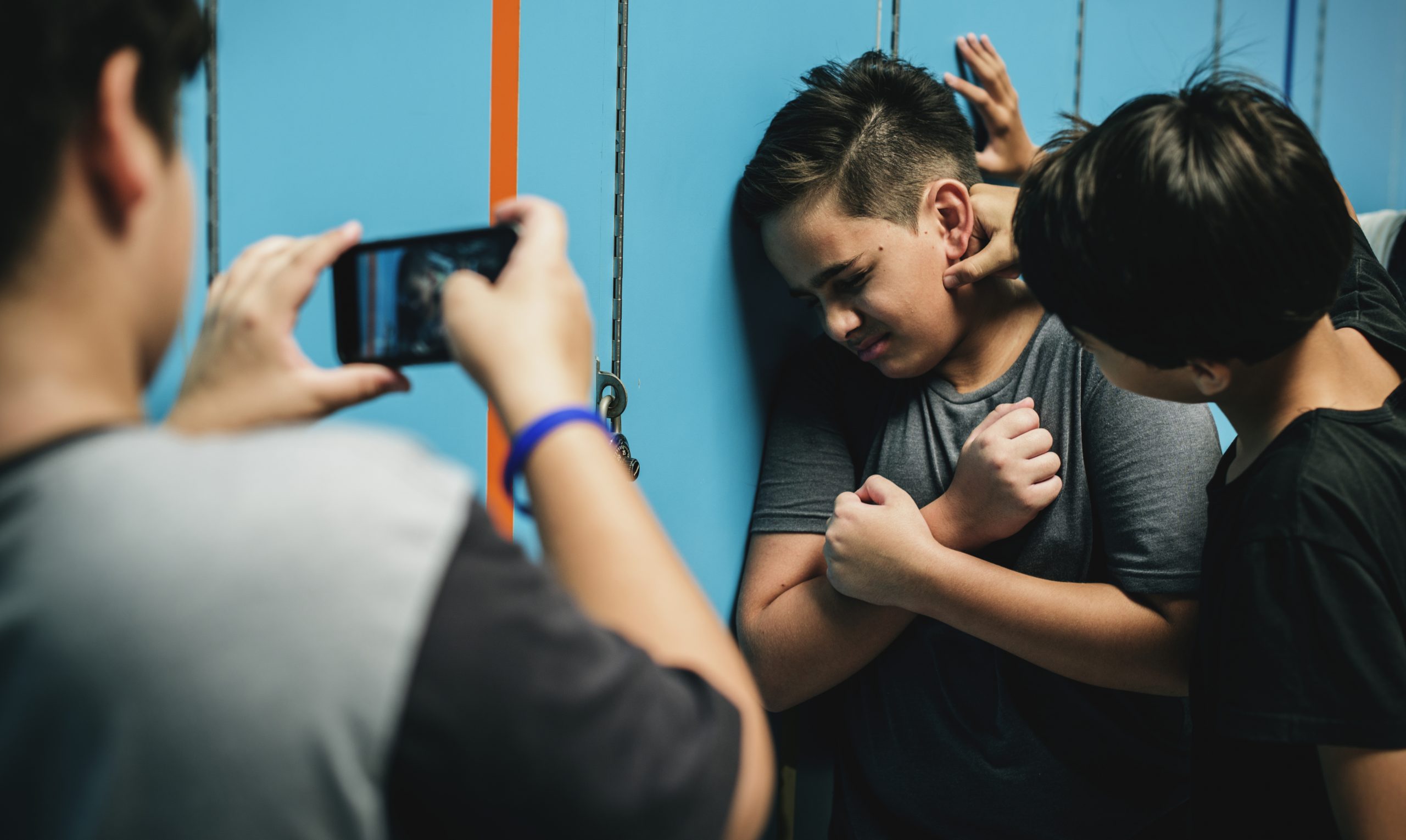Identifying, Intervening, Surviving and Preventing Bullying Series:
Part 5
Have you ever wondered why some children become bullies and why a child has become the target of a bully? Is the “why” really that important? Do we care why a bully bullies or why a particular child is targeted? We should! It makes sense that if we know why, we stand a much better chance of not only stopping the behavior, but also preventing it in the first place.
Bullies may be kids that are always in trouble. However, often they are good kids that are doing bad things. And why do bullies target certain kids? Bullies often pick on kids because they are somehow different; they are too tall, too short, too fat, too skinny, don’t have enough money and therefore don’t wear the “right” clothes, they aren’t athletic enough, aren’t cool enough, etc. But sometimes it makes no sense why a particular child is bullied. Bullies also target bright, funny and attractive kids; kids that aren’t so different from others.
One of the most frequently cited reasons that bullies strike out at other children is because they are insecure and it makes them feel better about themselves, so it’s not about the child being bullied but more about the bully. In some cases that may be true, but not always.
There are a variety of reasons that children may engage in bullying:
- They need power and control – These children need to be the leader, need to dominate their peer group and want other children to look up to them. They may come from a home where they witness abuse or dominance by one parent over another, or they themselves may be the victim of abuse or harsh, punitive behavior by a parent.
- They lack empathy for others – Some children are naturally more empathetic toward others, toward animals, etc. while others may need to be taught this skill as they are maturing. If parents and other adults fail to teach this skill, this may be a contributing cause to bullying behavior.
- They possess feelings of entitlement – These children feel like the world owes them something. They may come from a home where they are given everything they want, where consequences for poor behavior are minimal and they begin to believe they are more valued than most others. This child may also begin to internalize the belief that they can do anything they want and get away with it, including bullying.
- They desire to be popular – These children want to be the most popular kid in school; they want everyone to know them, like them and want to be their friend. They may come from a home where parents value their children being the “popular kid” or running with the “in-crowd” and therefore feel tremendous pressure to satisfy their parents.
- They possess feelings of jealousy or inadequacy / low self-esteem – These bullies target children and pick on them because of jealousy. Sometimes their bullying is targeted toward peers who they perceive as better than them or peers that have something they want. Their behavior is often an attempt to make themselves feel better.
Once we understand who the bully is, it is much easier to understand why they target certain children. Most often it’s not that the victim has major differences, they just happen to be someone who is serving a purpose for the bullies own needs and feelings. It’s almost as if they are the wrong person, in the wrong place, at the wrong time, through no fault of their own.
Research has shown however that many victims of bullying do tend to possess certain common traits:
- They are socially withdrawn or isolate themselves from peers at school
- They are sensitive or become easily distressed or moody
- They seem anxious or tend to worry a lot
If a bully needs someone easy to overpower and control, it makes sense that children with these traits would make an ideal target. It would be much easier to dominate someone who is withdrawn, usually alone, sensitive and/or anxious, than someone who is outgoing, surrounded by friends and confident.
Research also shows that children who have difficulty with the following social tasks are more likely to be victimized by bullies:
- The inability to read the nonverbal social cues of their peers – For example they don’t notice a peer who rolls their eyes at them.
- Difficulty understanding social meanings of behaviors – For example a peer that is tapping their feet or turning their head to hurry them along when they are telling them a story.
- Problems developing solutions for social conflict – For example a child who doesn’t have the social skills to resolve issues with other children and constantly tattles or uses ineffective solutions.
Understanding why children bully and why they target certain peers for bullying is the first step to truly being able to stop bullying. For both primary and secondary prevention, working with both the bullies and the victims, is an effective strategy.
 For bullies, or children displaying the traits that may lead to bullying behavior, early intervention is essential. This would include teaching them empathy and helping them learn that feelings of jealousy, entitlement and power/control can have potentially negative consequences from an early age.
For bullies, or children displaying the traits that may lead to bullying behavior, early intervention is essential. This would include teaching them empathy and helping them learn that feelings of jealousy, entitlement and power/control can have potentially negative consequences from an early age.
For children displaying the traits that bullies tend to target, teaching them how to not isolate themselves and function better socially is important. Teaching them skills such as how to better read social cues, understand their meaning, solve social conflicts and develop a network of supportive people may also help prevent bullying.
Helping children with these essential social skills is both important for us as individual parents and for schools in general if we hope to stop bullying and prevent bullying behavior in the future. MBF Prevention Education Programs teach children (K – 12th grade) how to recognize and respond appropriately to bullying, child abuse, and other types of child victimization. In these programs, we offer some of these bullying prevention strategies to children and schools. Learn more about MBF Prevention Programs and how you can bring these important programs to your child school: https://www.mbfpreventioneducation.org/why-use-our-programs/
Additional Resources on Bullying:
How is Bullying Different in Younger vs. Older Grades
Cyberbullying – When Peers are Predators
Signs Your Child May Be the Target of Bullying
Effective Bullying intervention by Adults
Bully Bystander: How and Why Other Students Should Intervene
Categorized in: Blog, Bullying, Cyberbullying


